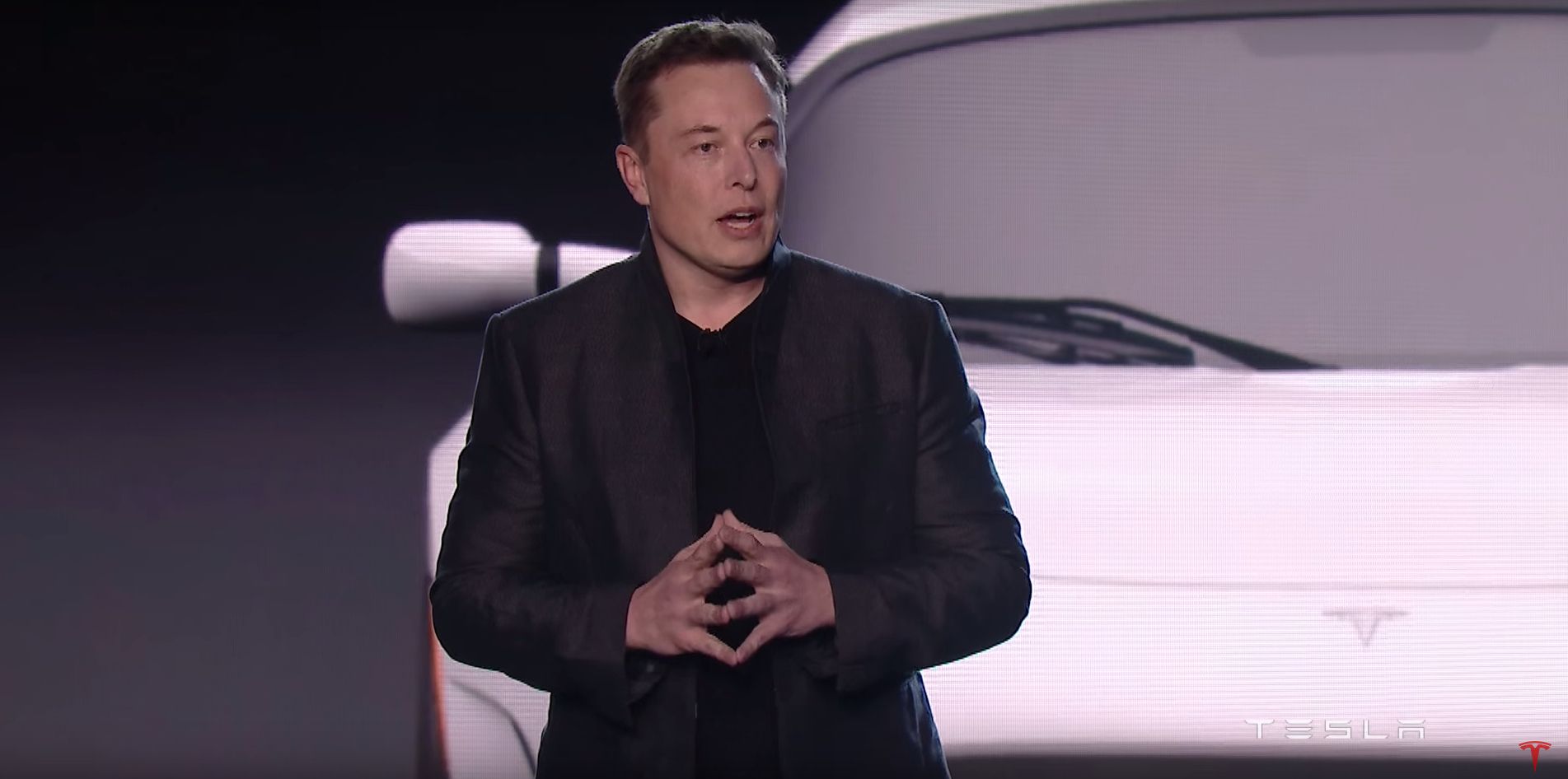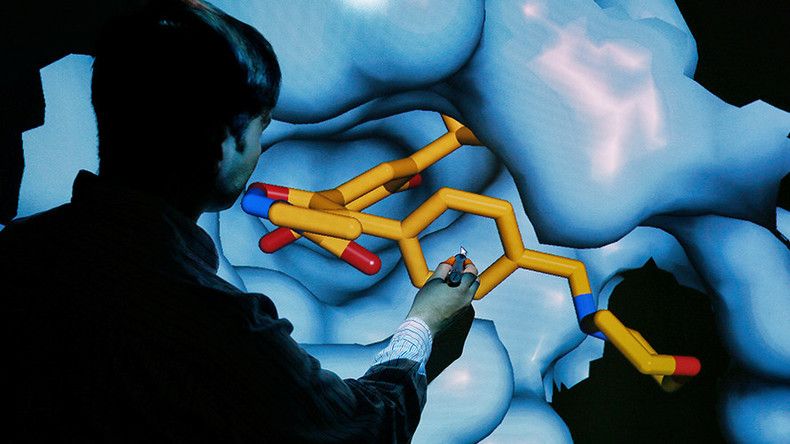
Look at these cases one by one and you will see differences in strategy and tactics. While Antioco changed his business strategy, McChrystal transformed his culture. The Route 128 companies sought proprietary competitive advantage, while Silicon Valley companies fed into an open industrial ecosystem. Occupy chose angry rhetoric, while Otpor chose street pranks.
Yet when taken collectively, a different picture emerges. Antioco, the Route 128 firms and Occupy saw hierarchies and framed the challenges they faced in terms of strategy and tactics. McChrystal, the Silicon Valley firms and Otpor, on the other hand, saw networks to integrate with and that made all the difference. What you see determines how you will act.
McChrystal saw that, “to defeat a network, you must become a network.” Silicon Valley saw an ecosystem that needed to be fed. Otpor set out to identify pillars of power— not to knock them out, but to draw them in. So for them, every arrest was a chance to win converts at the police station and those converts, in the end, were what proved to be decisive.
Read more









